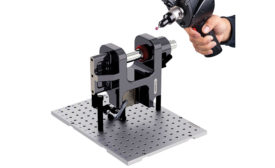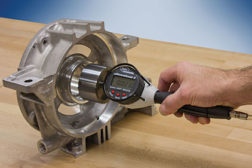Home » Keywords: » GR&R
Items Tagged with 'GR&R'
ARTICLES
Other Dimensions
Getting to the Root of the Problem
Don't Assume Resolution and Accuracy Are the Same Thing
June 17, 2016
Fixturing Makes Strides as Manufacturing Advances
Manufacturing and part tolerance demands are driving evolution in fixture systems.
April 1, 2016
Measurement
Chasing Microns: Getting the Most from Dimensional Gages
If you’re trying to measure to microns, every micron counts.
November 1, 2013
Get our new eMagazine delivered to your inbox every month.
Stay in the know with Quality’s comprehensive coverage of the manufacturing and metrology industries.
SIGN UP TODAY!Copyright ©2024. All Rights Reserved BNP Media.
Design, CMS, Hosting & Web Development :: ePublishing





